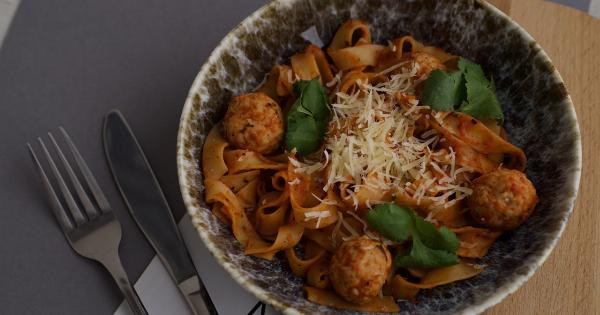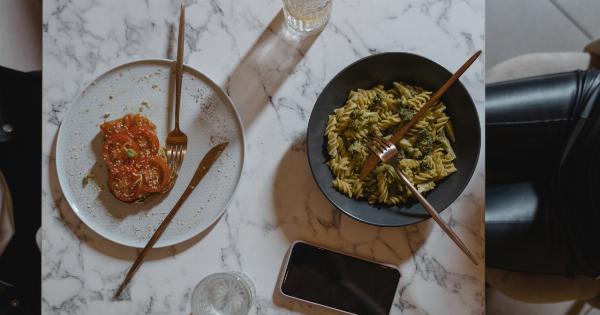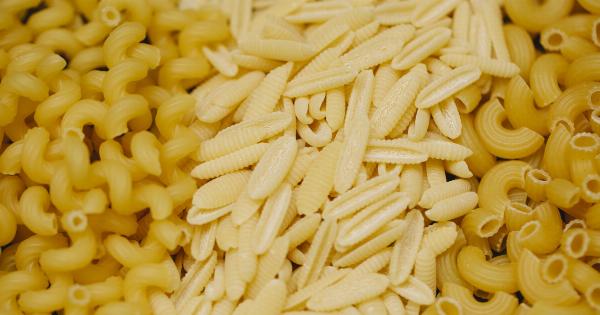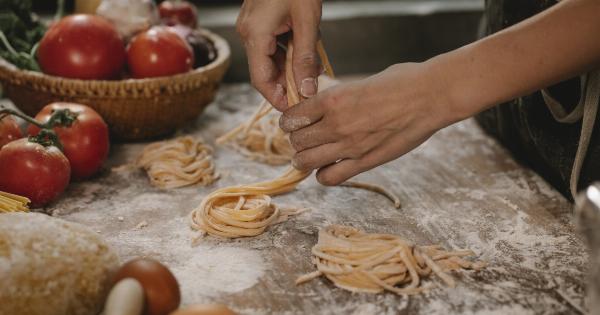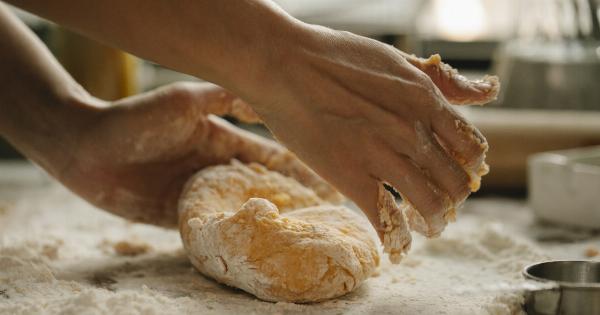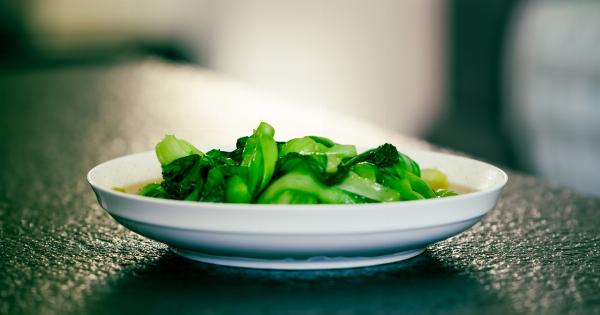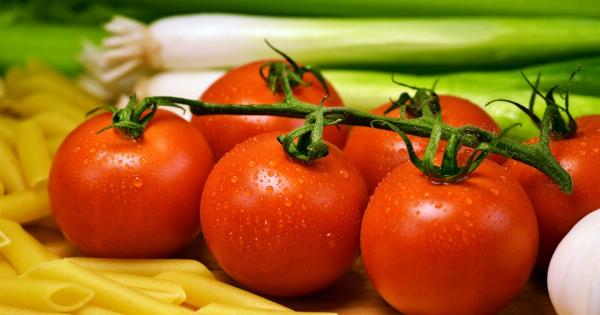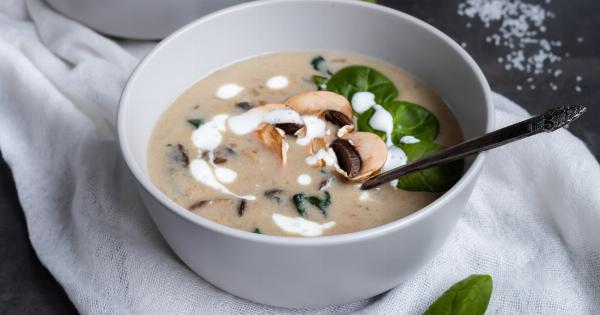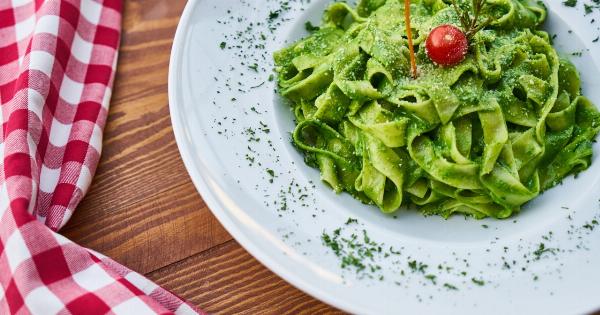Italian cuisine is known worldwide for its rich flavors, fresh ingredients, and time-honored cooking techniques. From pasta and pizza to gelato and espresso, Italy has gifted the world with an array of culinary delights.
However, every once in a while, there arises a culinary faux-pas – a dish or technique that departs from the traditional Italian canon. Surprisingly, some of these “mistakes” have turned out to be absolutely delicious. In this article, we’ll explore one such Italian culinary faux-pas that has managed to win hearts and palates across the globe.
The Controversial “Spaghetti Carbonara” Hack
When it comes to Italian pasta dishes, few are as revered as Spaghetti Carbonara. The traditional recipe calls for pasta, eggs, pecorino cheese, pancetta, black pepper, and sometimes a touch of cream.
It’s a simple yet decadent classic that has been enjoyed for generations. But in recent years, a culinary twist has emerged that has divided both Italians and non-Italians – the inclusion of onions, garlic, and even cream.
The Origins of the “Faux” Carbonara
Although the traditional Spaghetti Carbonara is believed to have originated in Rome, the “faux” version has ostensibly popped up in other regions of Italy.
Some historians argue that the inclusion of onions and garlic in the Carbonara recipe is a result of cross-cultural influences and local adaptations. Others suggest that it may have been born out of necessity during times of ingredient scarcity. Whatever the case, the “faux” Carbonara has garnered quite a following.
Preparation and Ingredients
The preparation of traditional Spaghetti Carbonara is fairly straightforward. First, the pasta is cooked until al dente. Meanwhile, the pancetta (or bacon) is sautéed until crispy.
In a separate bowl, the eggs and cheese are whisked together to create a creamy mixture. The cooked pasta and crispy pancetta are then combined, followed by the egg-cheese mixture. The residual heat from the pasta cooks the eggs, creating a luscious, silky sauce.
Finally, it’s topped with freshly cracked black pepper and additional cheese.
In the “faux” version, onions and garlic are sautéed along with the pancetta. Some recipes even incorporate a splash of cream into the sauce, resulting in a richer and silkier consistency.
The inclusion of these ingredients adds a layer of flavor and complexity to the dish, deviating from the simplicity of the traditional preparation.
The Flavorful Debate
As with any culinary innovation, the “faux” Carbonara has sparked intense debates both online and offline. Traditionalists argue that adding onions, garlic, and cream disrupts the true essence of Carbonara.
They believe in sticking to the tried-and-true recipe that has stood the test of time. On the other hand, proponents of the “faux” Carbonara argue that culinary traditions evolve, and these additions enhance the flavors and textures of the dish.
One of the main criticisms against the “faux” Carbonara is that it masks the delicate flavors of the original. The addition of onions and garlic can overpower the natural sweetness of the pancetta and pecorino cheese.
Moreover, the cream can dilute the richness of the eggs, altering the dish’s balance. However, supporters of this twist contend that it creates a more complex flavor profile, delivering a unique and indulgent taste experience.
Exploring the “Faux” Carbonara
If you’re open to culinary experimentation and want to try the “faux” Carbonara, there are many recipes available online that cater to different tastes. Some variations include the addition of mushrooms, peas, or even seafood.
These adaptations offer a unique twist while still incorporating the essence of the traditional recipe.
The Final Verdict
Ultimately, whether to embrace the “faux” Carbonara or adhere strictly to the traditional recipe is a matter of personal preference. Both versions offer their own distinct appeal, and there’s no right or wrong answer.
The true beauty of Italian cuisine lies in its diversity and ability to adapt to different palates. So, whether you’re a purist or an adventurous foodie, exploring the world of “faux” Italian culinary delights can open up a whole new realm of flavors and experiences.
Preserving Culinary Heritage
While the “faux” version of Spaghetti Carbonara may continue to divide opinion, it’s important to remember the significance of preserving culinary heritage.
Traditional Italian recipes have stood the test of time and are deeply rooted in history and culture. They serve as a connection to the past and reflect the values and traditions of generations.
Experimenting with different flavor combinations is exciting, but we must also honor and cherish the authentic dishes that have brought joy to countless people for centuries.
Conclusion
The world of Italian cuisine is a kaleidoscope of flavors and fragrances. Within this vibrant tapestry, the “faux” Carbonara represents a fascinating twist on a beloved classic.
While traditionalists may scoff at its unconventional ingredients, there’s no denying its popularity and ability to elicit culinary pleasure. Whether you choose to indulge in the traditional Spaghetti Carbonara or explore the “faux” version, one thing is certain – Italian cuisine never fails to surprise and delight.


